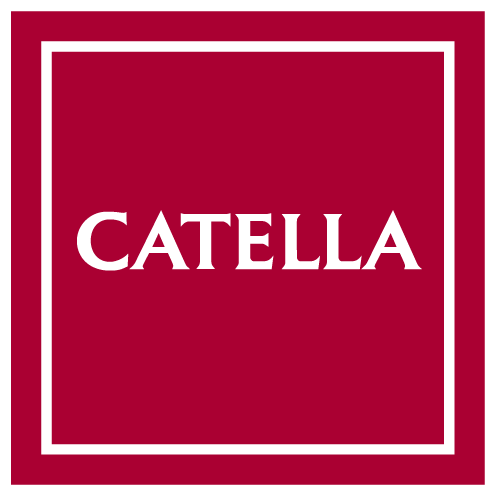The traditional way of looking at portfolio diversification, with equity exposure being combined solely with bonds, has provided a fantastic risk-adjusted return for many years. But with interest rates at record lows and stock markets nudging all-time highs, there is good reason to think afresh.
"This has been a fantastic period for mixed funds and for traditional life companies, based on both equity and bond prices having risen in tandem for a very long time. Interest rate cuts and asset purchases by central banks have fuelled this development, and we have now reached extreme levels, especially in fixed income," says Peter Elmhorn, Head of Sales at Catella Fonder.
According to Catella, there is good reason to maintain positive long-term exposure to the equity market, but Elmhorn is hesitant in the current environment about relying on bonds as an effective cushion again a major drop in share prices.
"It is dangerous to rely on the historical covariation between interest rates and shares. It is not particularly far-fetched to believe that we are heading for a market in which share prices fall as interest rates rise, or remain static at these low levels. In which case, what is currently perceived as a well-diversified portfolio will feel very uniform and risk losing the effect that was previously gained from the mix of shares and bonds."
In order to build a portfolio that can navigate through an environment with potentially rising interest rates and weak or falling stock markets, Elmhorn says that we need to break down the fixed income component into several parts. This is to create greater flexibility and better diversification towards equities. He calls this the modern portfolio – a portfolio that replaces the traditional bond portfolio through flexible fixed income mandates and hedge funds with low market risk.
"Instead of the fixed income component consisting of bonds with long duration exposure, we should have an underpinning flexible interest rate mandate and combine it with alternative asset classes like low-risk hedge funds, which are not dependent on either the performance of the stock market or the interest rate trend."
In terms of the flexibility of interest rate exposure, Catella points to two things: the ability to switch between issuers and credit risks, and how to vary the duration risk.
"It is important to have an exposure that allows flexibility in terms of which issuers we are exposed to, plus the ability to be dynamic in what credit risk we adopt. To depart from a scale between government bonds and high-yield bonds. In addition, we need to be able to vary the duration of the portfolio if we are looking at an environment of rising interest rates. It would even be possible to have a negative duration, which creates opportunities to make money from a rise in interest rates. A flexible mandate quite simply provides an opportunity to more clearly express our view of the fixed income market."
When it comes to hedge fund exposure, at Catella we recommend including strategies that have low risk, which do not co-vary with either the bond market or the stock market.
"Hedge funds tend to be lumped together as a concept, but they include many different sub-strategies with different properties. It became clear during the sharp decline in the stock market at the end of last year that many hedge funds are far too exposed to equity risk. And we have seen similar developments during earlier downturns in the market."
"We recommend keeping to market-neutral funds where the return is instead determined by individual positions that are not dependent on market risk."
If you want to create a good long-term risk-adjusted return with a well-diversified portfolio, Catella believes it is now more important than ever to review the component intended to be responsible for the stability of the portfolio when the market becomes less risk-seeking and more turbulent.
"Flexible fixed income mandates and hedge funds that are less dependent on market direction are central, on top of which you could consider increasing the amount of cash and having a part of the portfolio invested in alternative asset classes such as forest or infrastructure, but this applies mainly to really large investors. Exposure to equities has historically been the winning path, and we believe we should continue to own shares as a foundation for long-term investment, but the expected return over a cycle of about 7 years risks being lower than it has been historically." So we believe that the concept of past performance being no guarantee of future performance is highly relevant to bear in mind as investors build a portfolio for the future," concludes Peter Elmhorn.

